- +033 2572 7171
- info@dhanvantary.com

4.5 Rating | 4500 Review

4.5 Rating | 4500 Review
Leucoderma, also known as vitiligo, is a skin condition characterized by the loss of skin pigmentation, leading to white patches on various parts of the body. This condition results from the destruction or malfunction of melanocytes, the cells responsible for producing melanin, the pigment that gives colour to the skin, hair, and eyes.
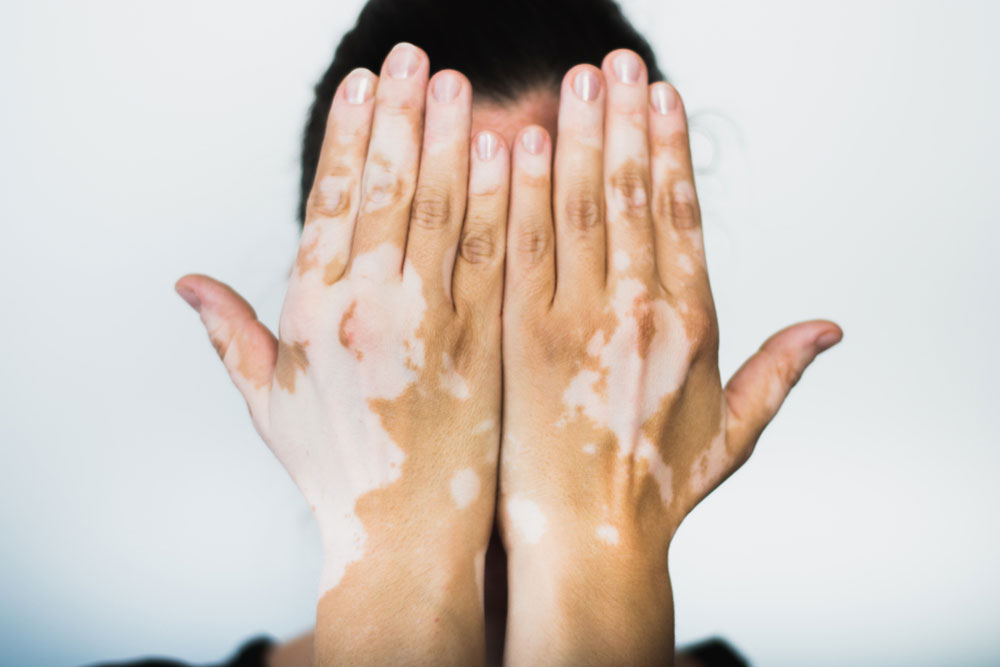
In Ayurveda, leucoderma is referred to as Shwitra or Kilasa. It is classified as a type of Kushta (skin disorder) and is believed to result from an imbalance in the three doshas: Vata, Pitta, and Kapha, with Pitta being the dominant factor.
Loss of melanocytes in the epidermis leads to depigmented patches.
Leucoderma is understood in modern medicine as an autoimmune condition in which the body’s immune system attacks melanocytes.
Autoimmune factors: The immune system mistakenly destroys melanocytes.
Genetic predisposition: Family history increases the risk.
Environmental triggers:
Psychological factors:
Faulty digestion (Agni) leads to the formation of Ama (toxins), which, combined with imbalanced doshas, affects Rasa and Rakta dhatus (tissues), disrupting melanin production.
Ayurvedic treatment focuses on detoxification and restoring balance through:
Herbal remedies play a significant role in the Ayurvedic management of leucoderma. These remedies aim to restore pigmentation by stimulating melanocyte activity, detoxifying the body, and balancing the doshas (Vata, Pitta, and Kapha).

Properties: Stimulates melanin production; has anti-inflammatory and photosensitizing effects.
Uses:
Precaution: Perform a patch test before external application to avoid irritation.
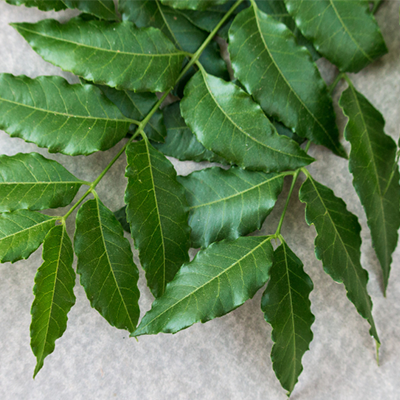
Properties: Blood purifier, anti-inflammatory, and immunomodulatory.
Uses:
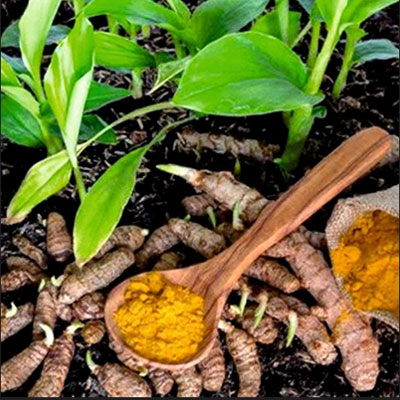
Properties: Anti-inflammatory, antioxidant, and supports healthy skin.
Uses:
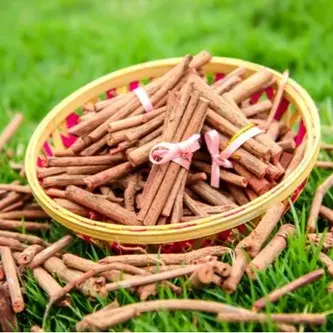
Properties: Blood purifier and skin rejuvenator.
Uses:
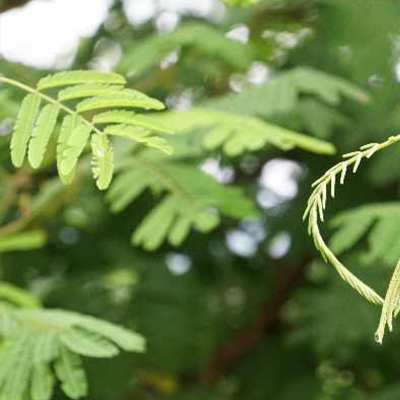
Properties: Antioxidant, astringent, and supports pigmentation.
Uses:
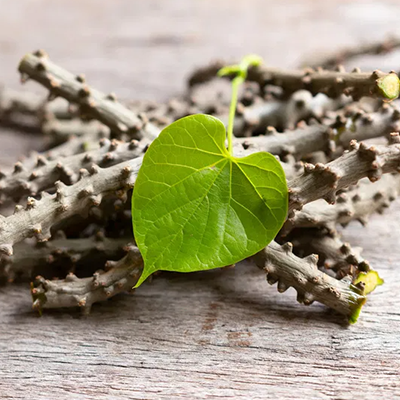
Properties: Immuno-modulatory and detoxifying.
Uses:
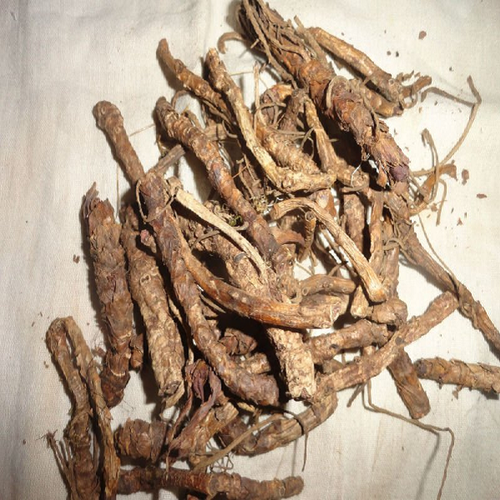
Properties: Detoxifying and anti-inflammatory.
Uses:
